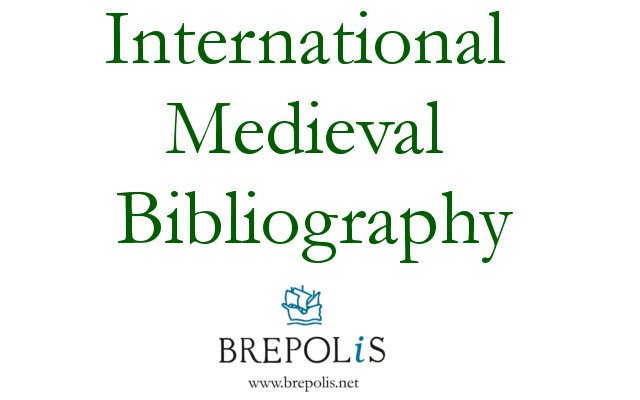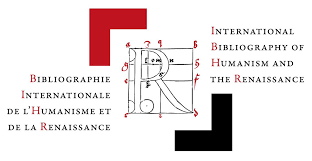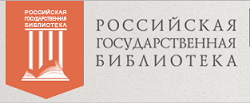Russia, the Polish-Lithuanian Commonwealth and the issue of restoration of permanent diplomatic missions at the end of 1680s
DOI:
https://doi.org/10.31168/2073-5731.2020.1-2.1.04Keywords:
Russia, Polish-Lithuanian Commonwealth, Russian-Polish relations in the 17th century, permanent diplomatic mission, Treatise of the Perpetual PeaceAbstract
In the last third of the 17th century, the diplomatic relations between Muscovy and the Polish-Lithuanian Commonwealth were significantly modernized. The countries exchanged permanent diplomatic representatives called “residents” by the contemporaries. This process was connected to the increase in contacts between the two countries facing the Ottoman offensive in East and Central Europe. But the common external threat did not lead to the end of historical tensions between Muscovy and the Polish-Lithuanian Commonwealth that was reflected in the fate of the permanent missions. The latter were eliminated in 1677. Only after the Treaty of Perpetual Peace (1686) conditions were created to resume the activities of the residents. Meanwhile, the inner circle of Jan III Sobieski and the government of the Prince Vasiliy V. Golitsyn had different views of the functions and goals of diplomatic representatives. A significant role in resuming the activities of the “residencies” played the mutual disbelief of the establishment of both countries and their wish to control the main actions of the ally.
For citation
Domrachev N. E. Russia, the Polish-Lithuanian Commonwealth and the issue of restoration of permanent diplomatic missions at the end of 1680s // Slavic Almanac. 2020. Issues 1–2. P. 67–87. DOI: 10.31168/2073-5731.2020.1-2.1.04






